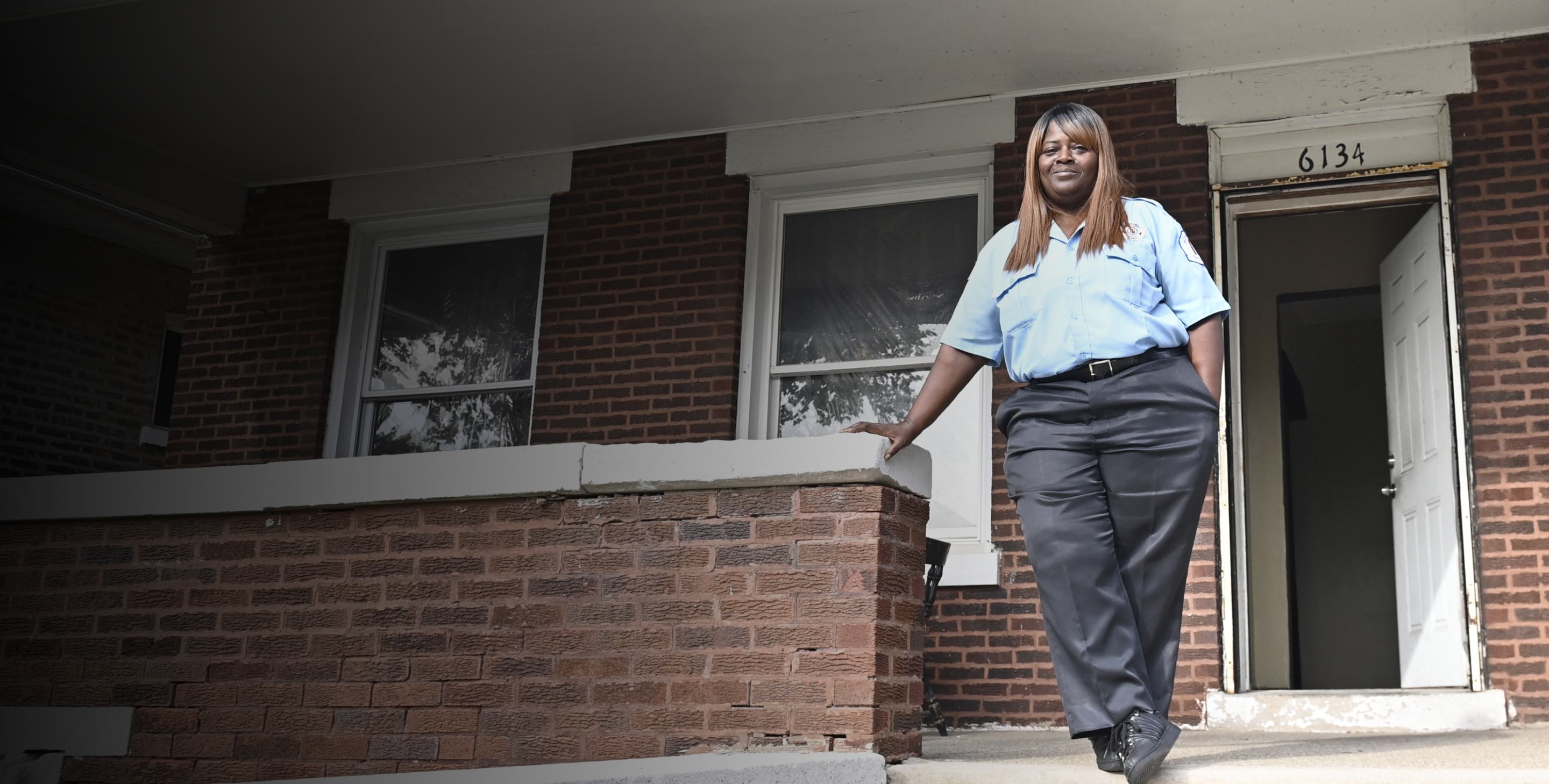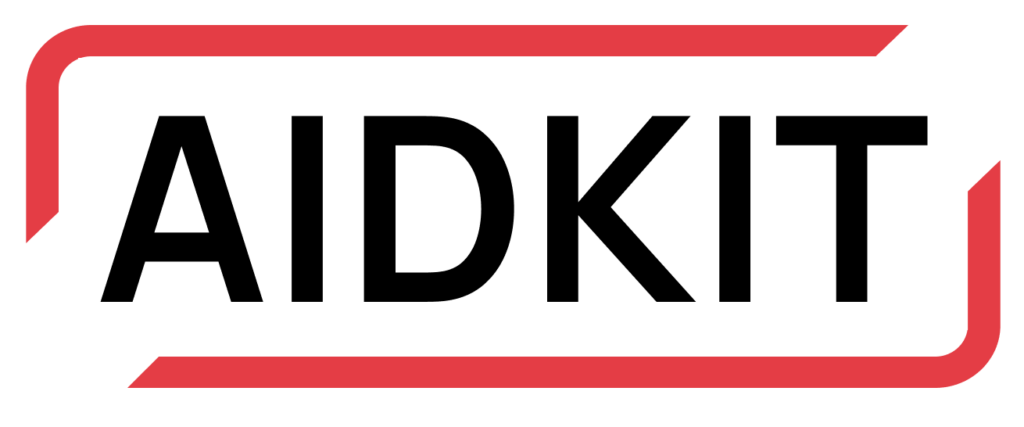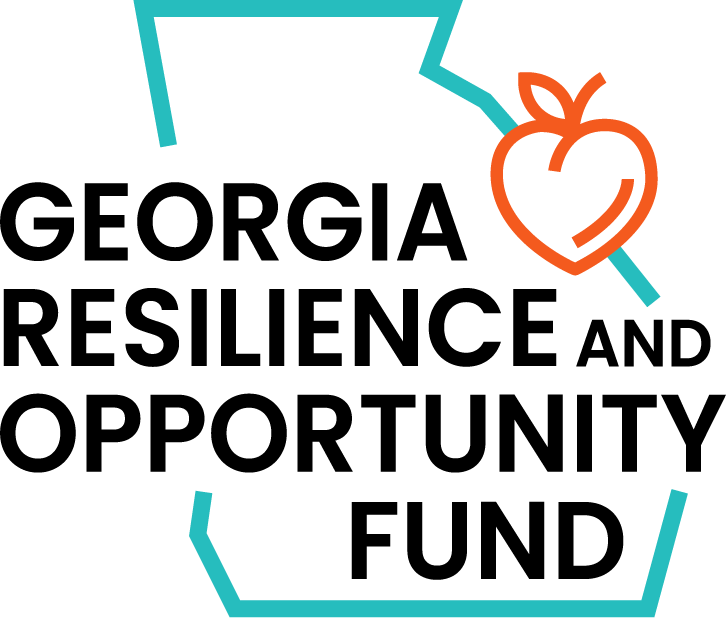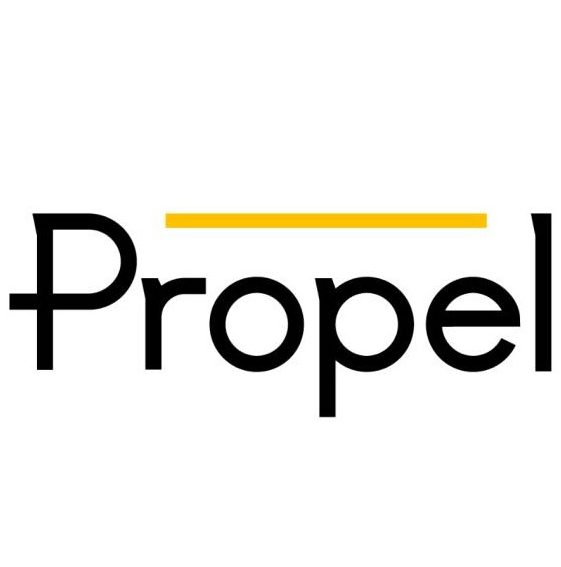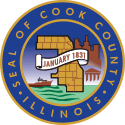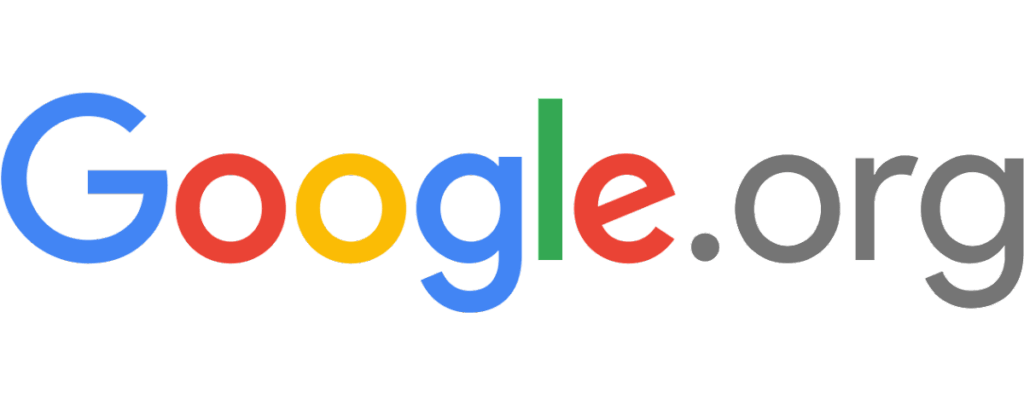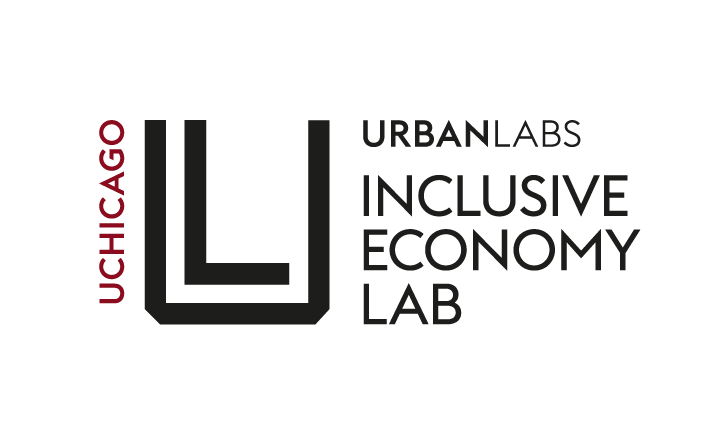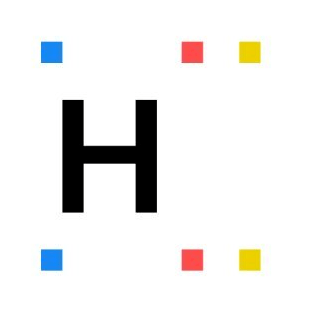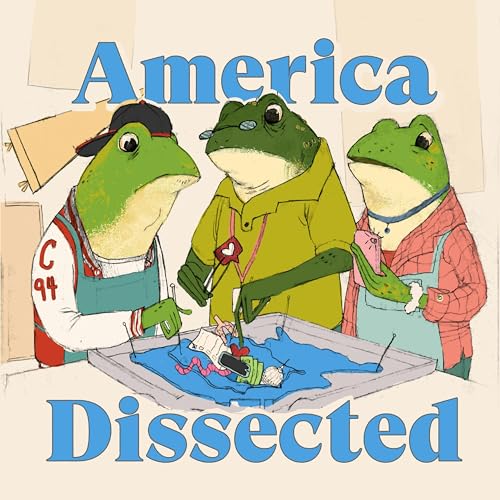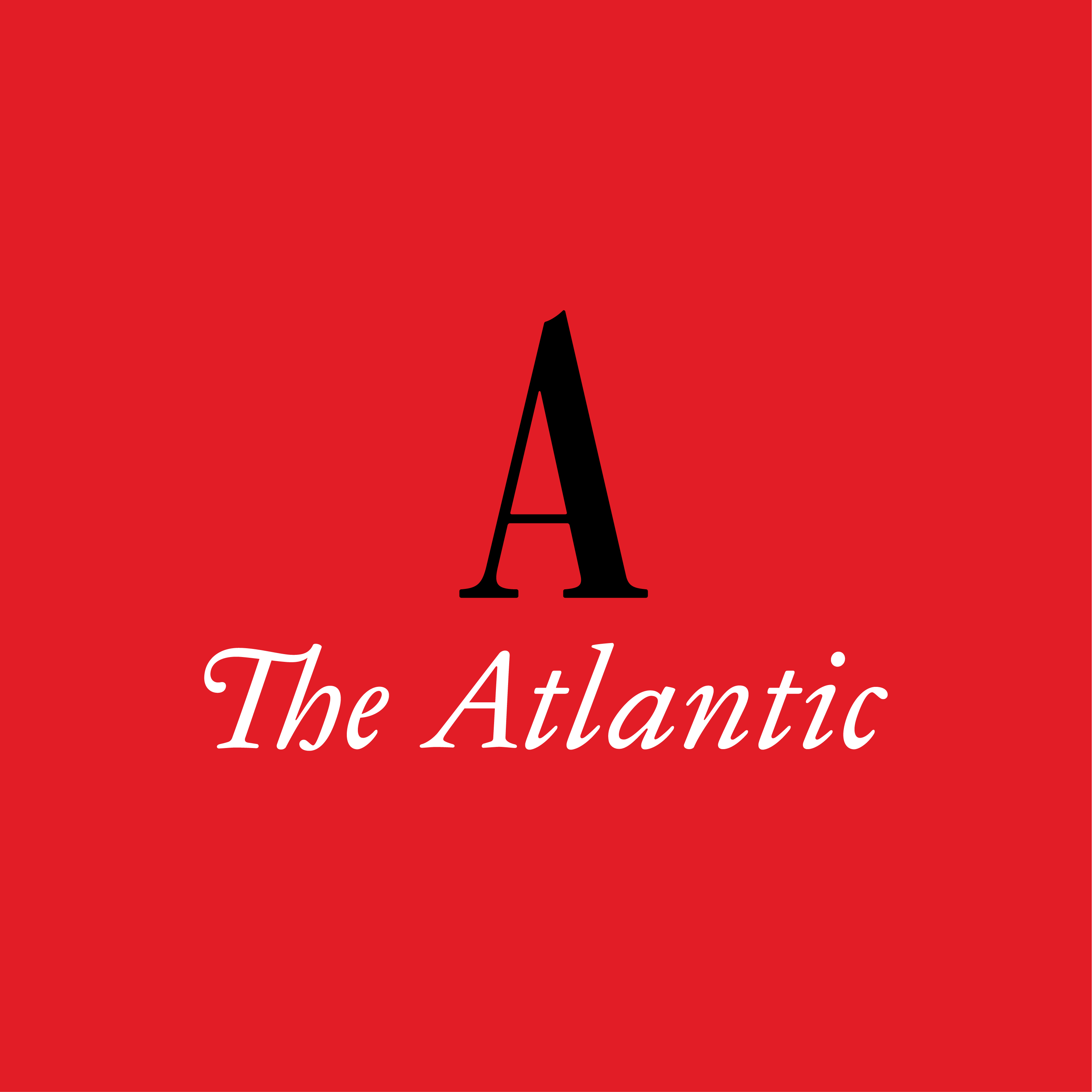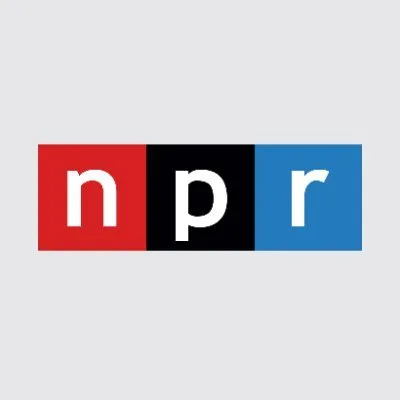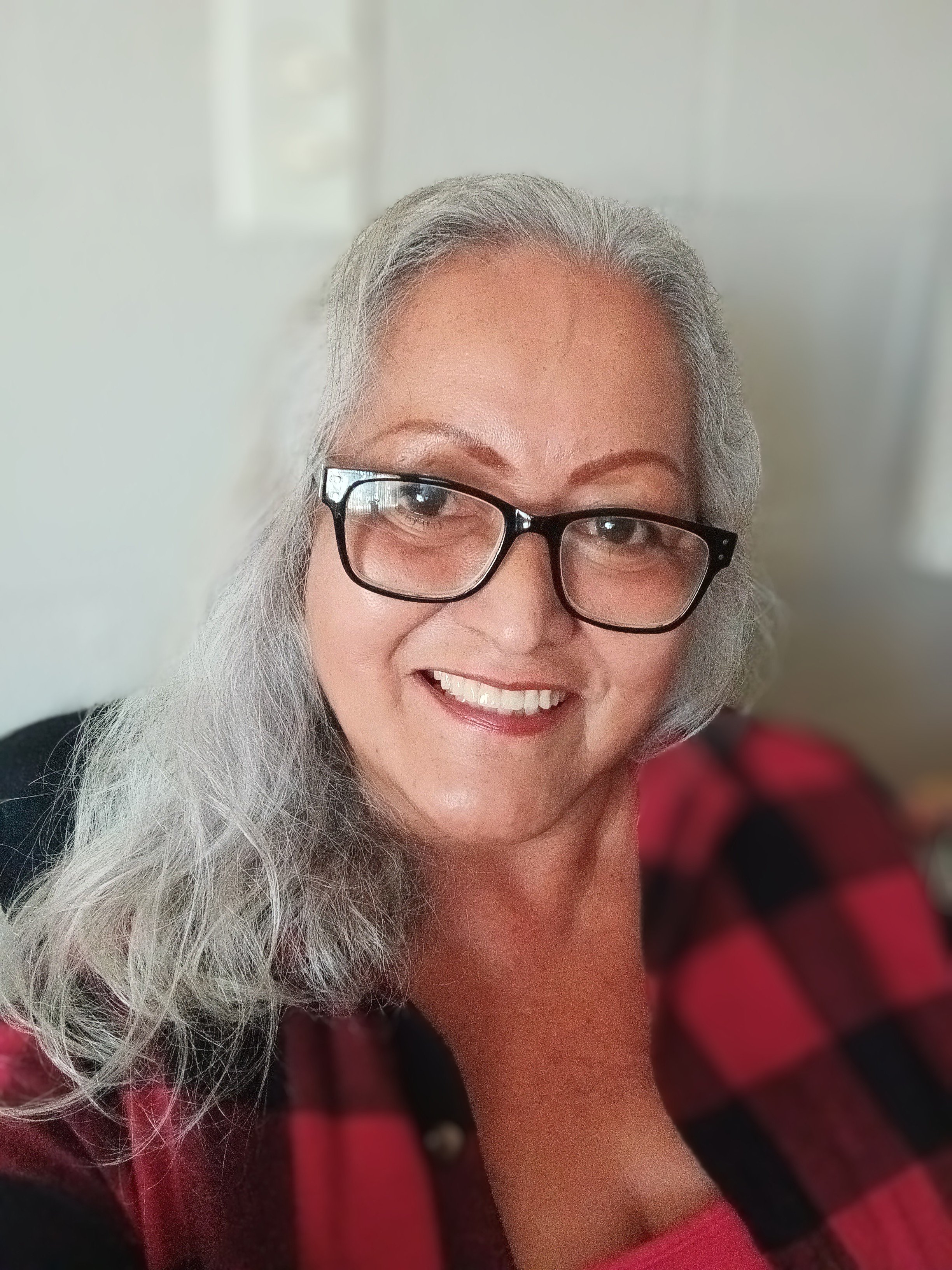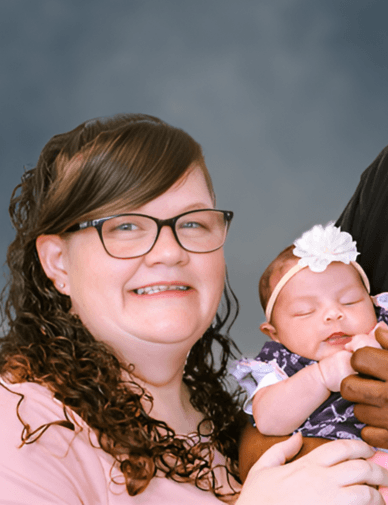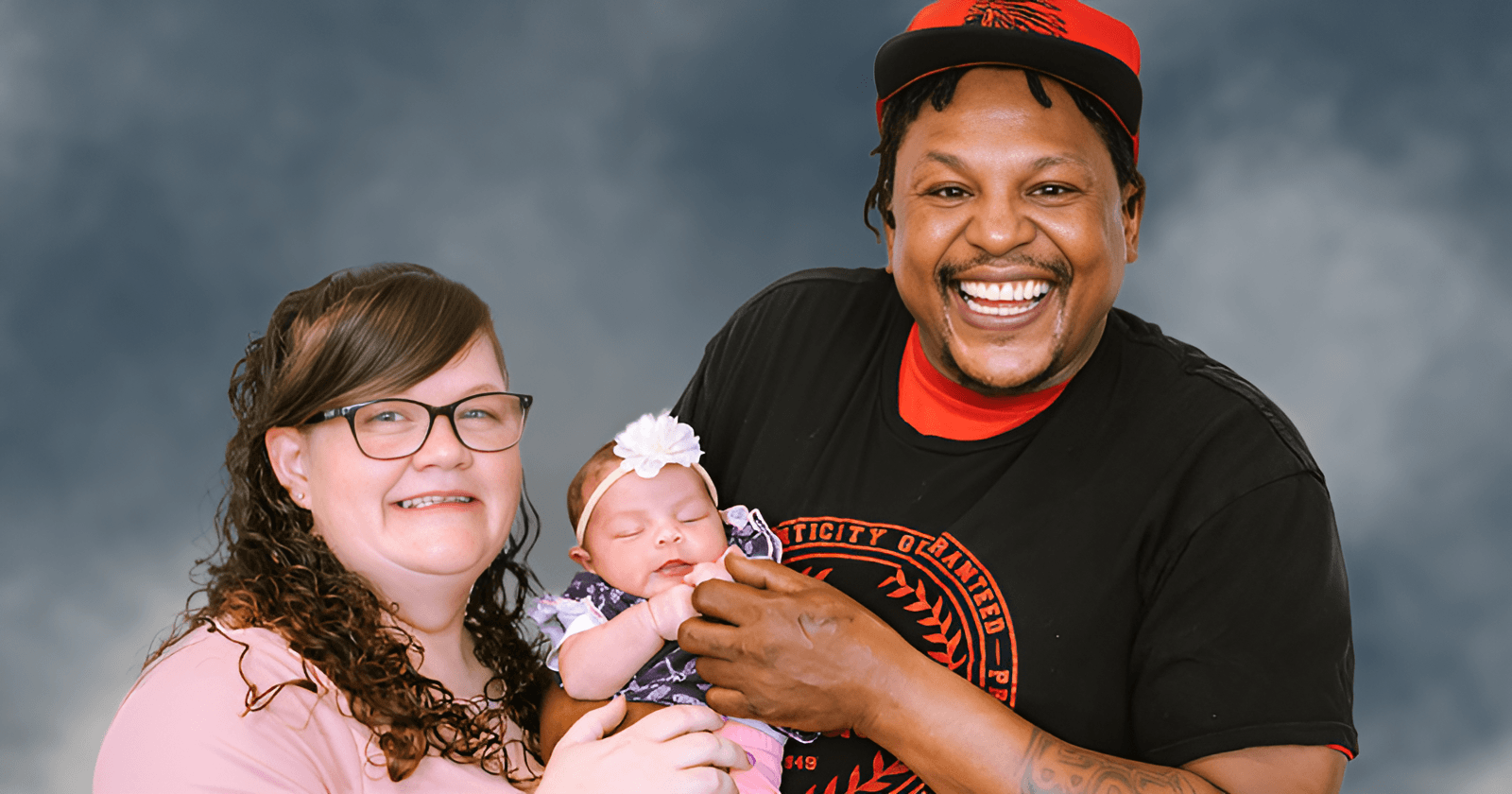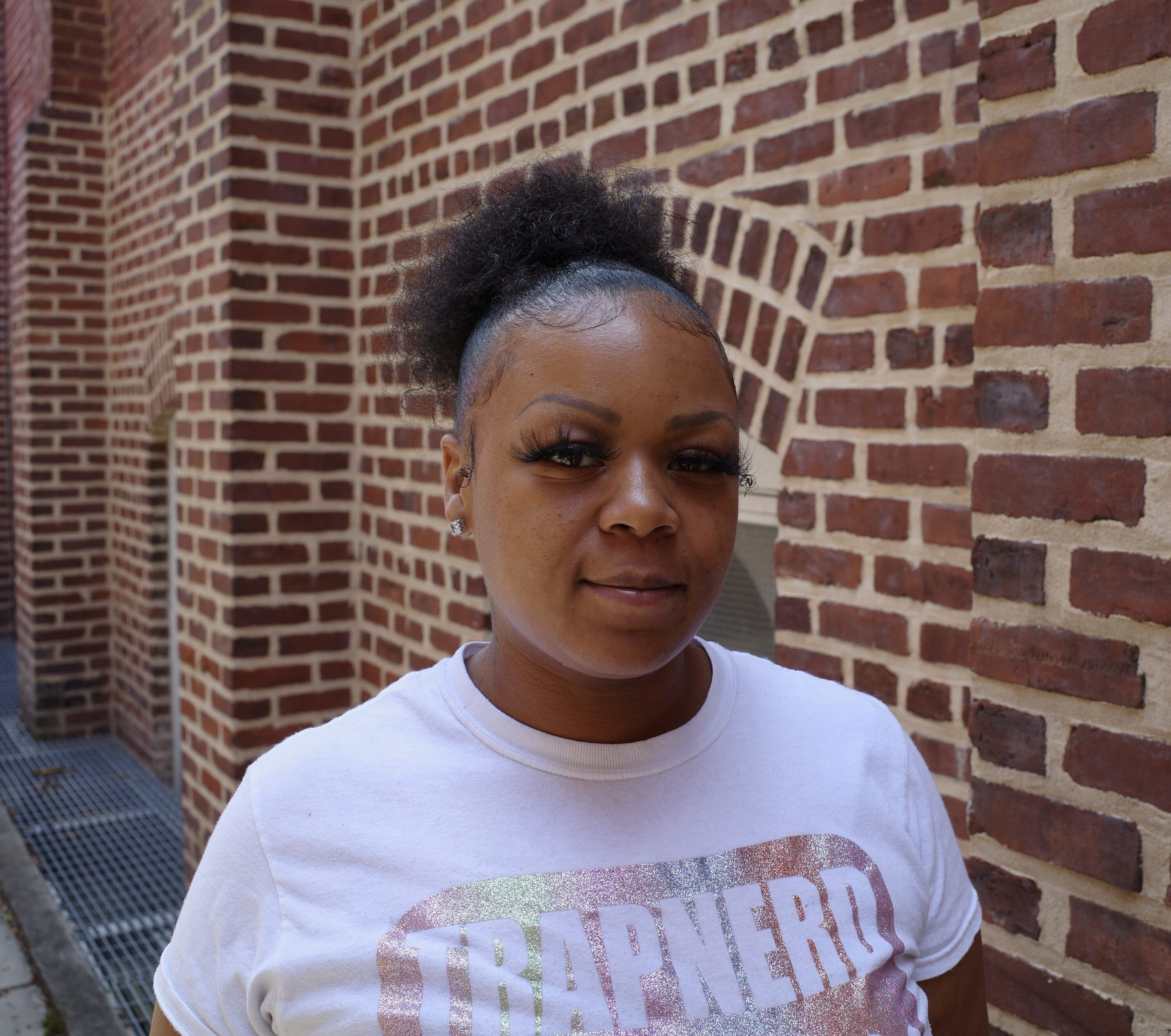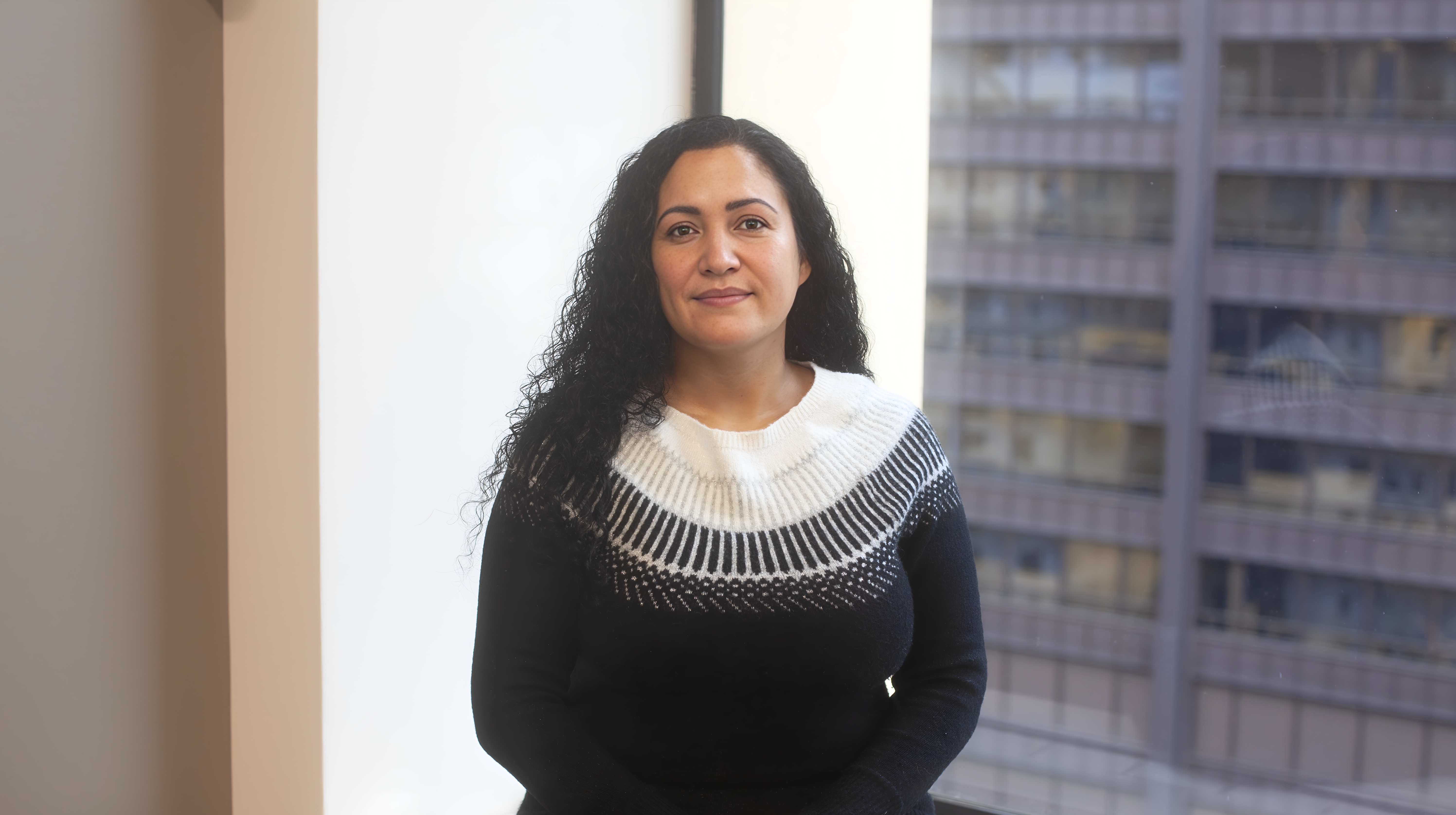
Giving cash is a direct, dignified, and proven way to reduce poverty
Our programs deliver donor and government dollars directly to Americans in need
Featured ACTIVE Programs
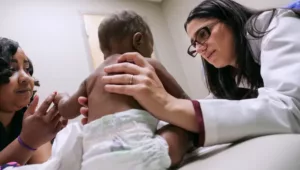
MICHIGAN
Cash for Parents and Babies
Rx Kids is a prenatal and infant cash allowance program in the U.S. that aims to reduce child poverty and improve maternal and infant health across Michigan. Built on the tremendous success of the expanded Child Tax Credit, which cut child poverty to its lowest level in recorded history, and in line with global evidence, Rx Kids boldly reimagines how we care for each other by walking alongside families during the challenging time of pregnancy and infancy.
Inspired by the resounding success of Rx Kids in Flint and with the support of local and national champions, we have expanded the program to help more families in Michigan. The program’s expansion to the cities of Kalamazoo, Pontiac, as well as 5 counties in the Eastern Upper Peninsula will continue its goal of improving outcomes, reducing racial and geographic inequities, and boosting local economies through blended public and private funding. RxKids will expand to even more communities later this year.
Transfer Sizes
$1,500 prenatal transfer to expectant parents + $500 per month for to 6-12 months depending on site
Households Reached
~6,000 over 5+ years in Flint and ~10,500 over 2+ years for additional communities in Michigan
Research Goals
We’ll measure impacts at the individual and community level, including on maternal and infant health, local employment and investment, and more.
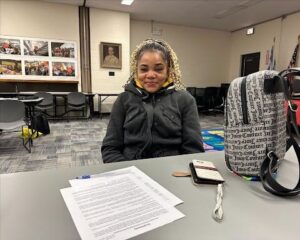
Illnois
Stability Investment for Family Housing
Our Stability for Investment Housing (SIFH) program is co-led by the Inclusive Economy Lab (“IEL”) and funded by Illinois’s Department of Human Services (IDHS), a continuation of a pilot started in 2023. In June 2024, GiveDirectly paid 315 families $9,500. The lump sum payment is one of the largest transfer sizes tested to date and follows international evidence on the most effective delivery of cash. An equal number of unhoused families were given $500 so research could compare the two groups to learn to what degree a large one-time cash payment reduces homelessness, affects families’ overall well-being, and is cost-effective.
In 2025, GiveDirectly helped to implement the third iteration of the SIFH pilot program, focusing on families with public school students experiencing homelessness and housing instability. 750 families received a one-time payment of $6,500, and 750 families received a one-time payment of $500 for comparison.
Transfer Sizes
One-time payment of $9,500 in 2024 and $6,500 in 2025 (treatment) or $500 (control)
Households Reached
2,128
Research Goals
The University of Chicago Inclusive Economy Lab will study whether SIFH’s one-time large cash transfer can help families experiencing homelessness exit emergency shelter, as well as its other impacts on family wellbeing and educational outcomes.
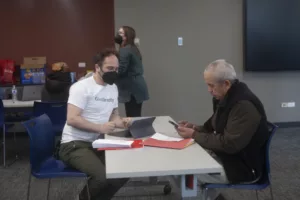
COOK COUNTY, ILLINOIS
Guaranteed Income Pilot
In partnership with Cook County, we implemented the Cook County Promise Pilot, one of the largest municipal guaranteed income programs nationally. This effort aims to inform the design of a permanent, countywide guaranteed income program.
Transfer Size
$500 per month for 2 years
Households Reached
3,250
Outcomes
This program will build on the success of guaranteed income programs across the country in increasing residents’ financial stability. The Promise Pilot aims to improve participants’ financial and health outcomes, as well as understand the impacts of direct cash assistance on both individuals and their communities.
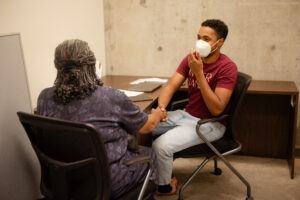
GEORGIA
Guaranteed Income Program (Phase 2)
We expanded the existing In Her Hands program in 2024 to reach additional low-income women in new communities across Georgia. Building on learnings from the first phase and looking to fill critical gaps in the U.S. cash evidence base, this expansion is focused on testing the impact of larger, longer transfers and a more participant choice-centered transfer design. The program continues to be led by a partnership with the Georgia Resilience and Opportunity (GRO) Fund.
Transfer Sizes
To empower recipients with choice and agency, the program offers two options:
- $1,000 per month for 36 months
- $800 per month for 35 months and a one-time $8,000 lump-sum payment, which recipients can choose when to receive
Households Reached
275
Research Goals
The evaluation of the expanded In Her Hands program uses a mixed-methods randomized controlled trial. Compared to the first phase, it will be conducted over a longer duration, focus more deeply on racial wealth and credit disparities, and study the impact of participant choice introduced into the treatment modality. This design builds on the first phase of the In Her Hands study, which primarily tracked the outcomes of payment recipients.
Featured PAST Programs
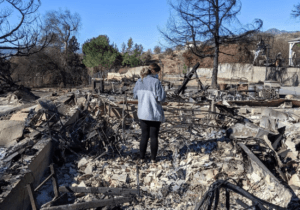
NATIONWIDE
Emergency Relief
We respond to large-scale natural disasters that threaten the livelihoods of low-income families in the U.S. Since 2017, we’ve distributed one-time emergency cash relief to over 12,000 families in the aftermath of Hurricanes Harvey, Maria, Ian, Fiona, Milton, and Helene. In 2025, we were also able to deliver cash to over 1,000 low-income families in the hardest-hit areas of Los Angeles after the wildfires.
Transfer Sizes
Varies by response
Households Reached
13,826 to date
Outcomes
When natural disasters hit, the sooner affected families receive cash, the sooner they can begin to put their lives back together. Through A.I. damage predictions and remote targeting, enrollment, and payment in partnership with Google.org and Propel, we can deliver disaster relief that’s quicker, more targeted, and better for survivors than in-kind aid. Read more→
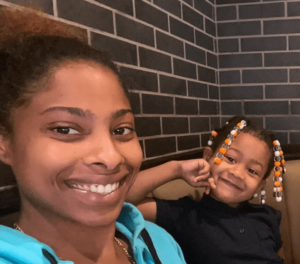
NATIONWIDE
COVID-19 Response
The largest privately-funded cash transfer program in U.S. history, which reached nearly 200,000 families during the COVID-19 pandemic.
Transfer Size
$1,000
Households Reached
Nearly 200,000
Outcomes
Between March 2020 and October 2021, GiveDirectly digitally delivered one-time relief payments to nearly 200,000 low-income households. Recipients waited ~2 days between enrolling in the program and receiving payments. In recipients’ own words, these transfers helped provide fast, flexible relief, allowing them to keep their homes, reduce stress, and avoid debt. Read more→
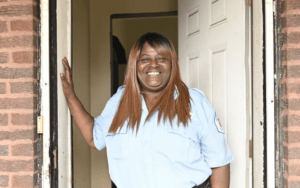
CHICAGO, ILLINOIS
Guaranteed Income Pilot
In partnership with the City of Chicago, the Chicago Resilient Communities Pilot delivered monthly financial assistance to city residents and serves as a template for future anti-poverty programs.
Transfer Size
$500 per month for 1 year
Households Reached
5,000
Outcomes
Research on CRCP is forthcoming, but researchers note in a First Look Report that a future evaluation will document the impact of the program on participants’ financial stability, economic mobility, well-being, and sense of agency. Read more→
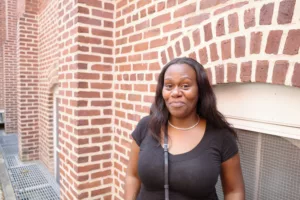
GEORGIA
Guaranteed Income Program (Phase 1)
In Her Hands is the largest guaranteed income program in the South, led in partnership with the Georgia Resilience and Opportunity (GRO) Fund.
Transfer Sizes
Average of $850 per month for 2 years
Households Reached
654
Outcomes
The program’s evaluation, led by the research team at Appalachian State University, released final findings that expand on GI research learnings of the importance of an income floor in helping people meet their basic needs. In Her Hands participants were able to secure sustainable employment, better navigate structural barriers, strengthen family bonds, pursue education, and improve their overall health. To highlight a few:
- Financial hardship declined significantly and stayed low: Participants were 60% less likely to report difficulty paying bills than the control group, saw large reductions in debt, and were significantly more likely to be able to weather a financial emergency
- Savings more than doubled: Participants were nearly 150% more likely to have rainy day funds, and had over 2x the average savings amount of the control group by year two
- Long-term investments: By year two, 1 in 5 participants were enrolled in school, and families saved $1,021 on average for their children’s education
- Increased food security: 27% less likely to worry about running out of food
- Improved physical health: Participants reported 2.5 more healthy days each month, equaling a full extra month of good health per year
The final evaluation results can be read in full here.
In the News
Americans use cash to meet short-term needs and unlock future plans
Poverty in the U.S.
The U.S. spends about what most wealthy countries spend on social protection, yet 36.8M Americans are still living in poverty. The U.S. currently has the second highest poverty rate relative to national income of any wealthy country in the world.
Much of this social spending is poured into poorly designed programs that carry excessive bureaucratic burden, leaving a quarter of eligible families unable to access the support they need to meet their basic needs and invest in their future. And when programs do reach people in need, they often come with invasive, time-consuming applications and paternalistic conditions.
We know unconditional cash works to dramatically reduce poverty, without imposing excessive and unhelpful barriers to entry. With your support, we can continue building the case for cash-based government interventions and shift more aid directly into the hands of families in need.
Frequently Asked Questions
Can I apply to receive money?
At this time, we are not accepting applications for cash transfers. Our U.S. programs are targeted to specific populations, who are then invited to participate in a program.
If you are currently enrolled in one of our programs, please submit your questions here and we’ll respond within three business days.
If you are currently enrolled and would like to share concerns about your interactions with our staff, please email us here and we will respond as soon as we are able.
Can I choose who receives my donation?
No. You can choose which GiveDirectly programs to donate to, but not individual recipients.
Practically speaking, if we let you direct funds to a specific person, we would risk being regulated as a money transfer service and losing our charitable status. Philosophically, we aim to target the poorest possible recipients, and not those with compelling profiles or narratives. Finally, it keeps costs down.
Don’t donations go further overseas?
Objectively, a dollar will have more impact on a Kenyan living on under $2.15/day than an American living on ~$50/day. However, we believe working in the U.S. is important for the following reasons.
First, working in the U.S. gives us an opportunity to create meaningful change in the lives of low-income Americans. The U.S. has the second highest poverty rate relative to national income of any wealthy country in the world. While results from the pandemic-era cash-based programs show large drops in poverty, only a fifth of U.S. social spending is given as cash.
Second, working in the U.S. can improve the effectiveness of existing spendings by the U.S. government on poverty interventions. Historically, the U.S. spends about what most wealthy countries spend on social protection, but much of that spending goes to poorly designed social programs that carry excessive bureaucratic burden. The research components of our U.S. programs will add to the relatively small pool of evidence on the impact of cash in high income countries, helping inform better policy design.
For more details, read our blog on why we work in the U.S.
